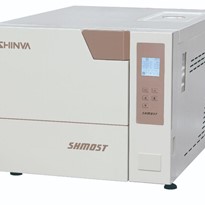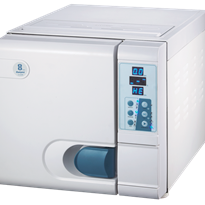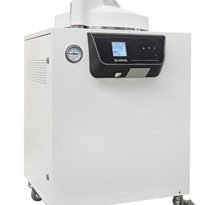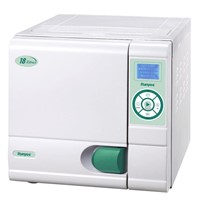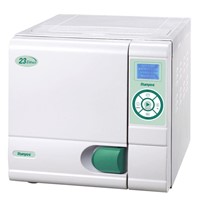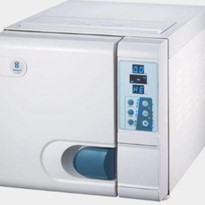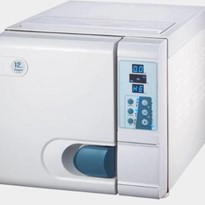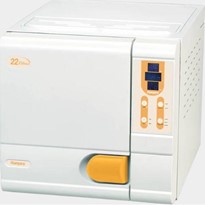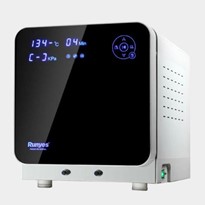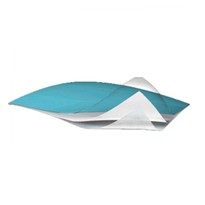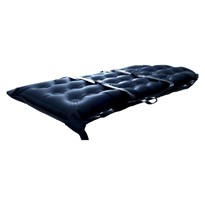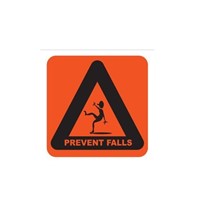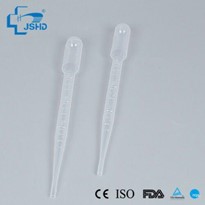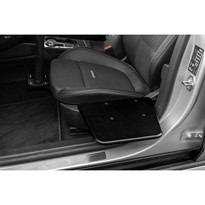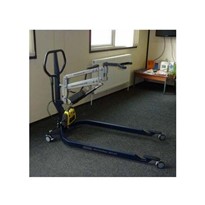An autoclave prevents the transfer of diseases by:
- Decontaminating biological waste that is infectious
- Neutralising genetically modified organisms or GMOs
- Sterilising medical equipment and other objects to kill germs, bacteria, viruses, and other harmful and infectious agents.
- Many others.
How Does An Autoclave Achieve This?
The following cycles will ensure that any diseases, disease-carrying organisms, and other infections agents are neutralised:
- 143? at 4minutes holding time
- 126? at 10 minutes holding time
- 121? at 15 minutes holding time
- 115? at 25 minutes holding time
Autoclaving is dependent on the following factors:
- Temperature - Autoclaves need to run between 115? to 143? at 15 psi to be effective. Temperature plays a major role in destroying harmful, infectious microbial life.
- Time - the time for autoclaving varies depending on the type of items being sterilised. The time needed for autoclaving will range from a few minutes to an hour or longer. Time spent in the autoclave with the right temperature is the key to neutralising any microbial organisms that cause diseases.
- Moisture - adequate steam supply or moisture is needed for this process to be effective. Steam saturation is essential for temperature transfer to be effective. Water is often added to add moisture and help make the temperature transfer work.
- Contact - the pressurised steam must come in contact with items being sterilised. The steam must have contact on all areas and surfaces of the items inside the autoclave.
What Makes Autoclaving Effective and Reliable?
Autoclaving kills bacterial, fungi, spores, viruses, and other disease-carrying microorganisms using steam sterilisation for medical tools like:
- Scalpels
- Forceps
- Scissors
- Other metal and glass items
For the autoclaving to be effective, one must follow the procedures, guidelines, and safety protocols, otherwise, the process will be deemed a failure.
Any breach of safety protocols and procedure, no matter how small, will ruin the whole process.
The safety of patients and medical personnel depends on the sanitation of medical equipment.
Important Reminders:
- When transporting waste materials or medical items for autoclaving, they must be sealed in a leak-proof container and must be handled properly by authorised personnel only.
- A lab coat, water and heat resistant gloves, and other Personal Protective Equipment required for the procedure must be worn at all times when handling the items and the autoclaving machine. The PPE should follow the industry standard.
- NEVER autoclave items with traces of radioactive materials, items containing traces of solvents, volatile chemicals, or corrosive agents.
- Do not handle any items for autoclaving. Let the professionals handle them.
- Stay away from autoclaving machines and autoclaving rooms.
Autoclaving is Environment-Friendly
Autoclaving uses temperature and moisture, mostly from water. It does not use any chemicals or reagents in the process. It is an environmentally safe procedure.
And because it allows the re-use of medical equipment and supplies, and it decontaminates medical waste and biohazardous materials before they are disposed of, it is safe, healthy, and eco-friendly.
Autoclaving is only as reliable as the machine you are using. You must ensure that your machines are operationally sound and that you purchase it from a legitimate dealer.
You also must ensure that the personnel operating them are properly trained.


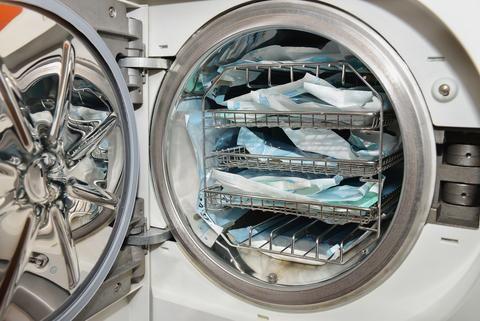




-160x160-state_article-rel-cat.png)











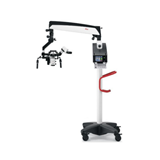
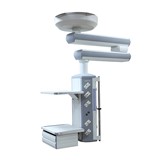
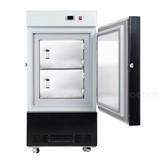




-205x205.jpg)
-205x205.jpg)
-205x205.jpg)

